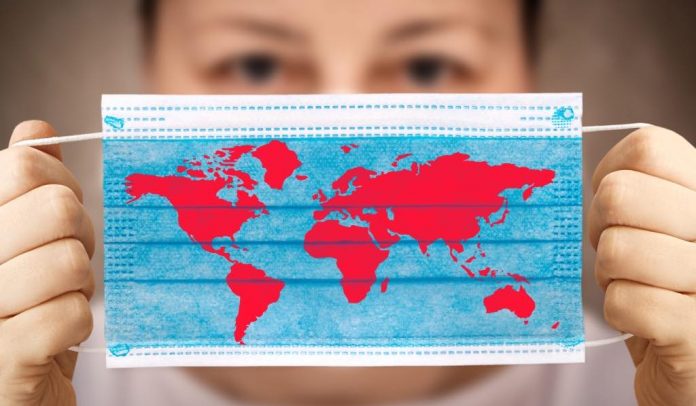Seismometers are used to detect vibrations travelling through the ground after an earthquake, but they also pick up the background “buzz” of human activity at the surface.
According to new research published today in Science, lockdown measures to combat the spread of COVID-19 led to a 50 per cent reduction in seismic noise observed around the world in early to mid 2020.
We spoke to study co-author Mika McKinnon, a geophysicist and adjunct professor in the department of earth, ocean and atmospheric sciences at UBC about the findings.
What did this study find?
Human activity is constantly driving a seismic buzz – everything from walking around, car traffic and industrial activities create unique seismic signatures in the subsurface. We noticed seismometers all over the planet were much, much quieter as lockdown protocols rolled out.
This study, led by the Royal Observatory of Belgium, is a collaboration between more than 70 scientists. We analyzed months-to-years long datasets from over 300 seismic stations around the world, including Vancouver, Toronto and Montreal.
The study was able to show that seismic noise reduced in many countries and regions, making it possible to visualize the resulting lockdown “wave” moving through China, then to Italy, and around the rest of the world. We usually see local seismic quiet periods linked to holidays like winter religious holidays, but this is far more widespread and far, far quieter than anything we’ve seen before.
What is driving this reduction in seismic noise?
The neat bit of this research is in figuring out exactly what was driving the quiet. We correlated the decrease in seismic noise with everything from audio traffic microphones to flight records to anonymized cellphone data. Our interpretation is that the decrease in tourism, the reduction in commuting as more people work from home, and the travel restrictions all combined together limit how much seismic noise humans are generating.
I personally find this reassuring as the pandemic drags on and we are asked to continue to restrict physical contact. It’s easy to feel alone, or to look out the window grumbling about how you seem to be the only one following the rules. But the Earth tattles on our secrets, and through this reduction in seismic noise, it tells us how many other people are also sacrificing their usual habits to reduce contact.
The COVID-19 situation in British Columbia has been markedly different to that in Washington state. What differences did you see in the data?
In Vancouver, we can see an abrupt reduction in human-generated seismic noise as first schools shut down, then a few days later when personal care businesses closed. The most dramatic place to see this is a seismometer at Canada Place that is usually buzzing with human foot traffic of people enjoying the views across the water, conference-goers having meetings, and tourists unloading from visiting cruise ships. Over just a few days, all that seismic noise drops away, leaving the seismometer recording just the vibrations of waves hitting the shore, buildings swaying in the wind, and a handful of cars navigating downtown.
Looking at seismometers in Seattle, we can see that same noticeable decrease in seismic noise as the initial restrictions were imposed to reduce travel, but it’s a far less dramatic drop. More unnervingly, it starts creeping back up sooner as their lockdown restrictions started lifting earlier than in B.C.
Why is it important to understand “noise” caused by humans?
As people flock to cities in seismically active areas like Vancouver, it’s essential for us to have a good understanding of what our risk from earthquakes is, and how we can expect the ground to move. But that’s not the only reason we monitor seismic noise.
Our planet is constantly humming and buzzing with seismic noise. Sometimes it’s from earthquakes or from magma moving around under volcanoes, but it can also be from more mundane events like waves pounding on the shore and humans going about their daily lives. Geophysicists use all of these seismic noises to peer deep within the Earth and understand it better. Studying these smaller but widespread human-generated seismic noises is another tool for understanding our planet, but in this research it’s also a way to better understand people and how we’re all working together as we face this pandemic.








